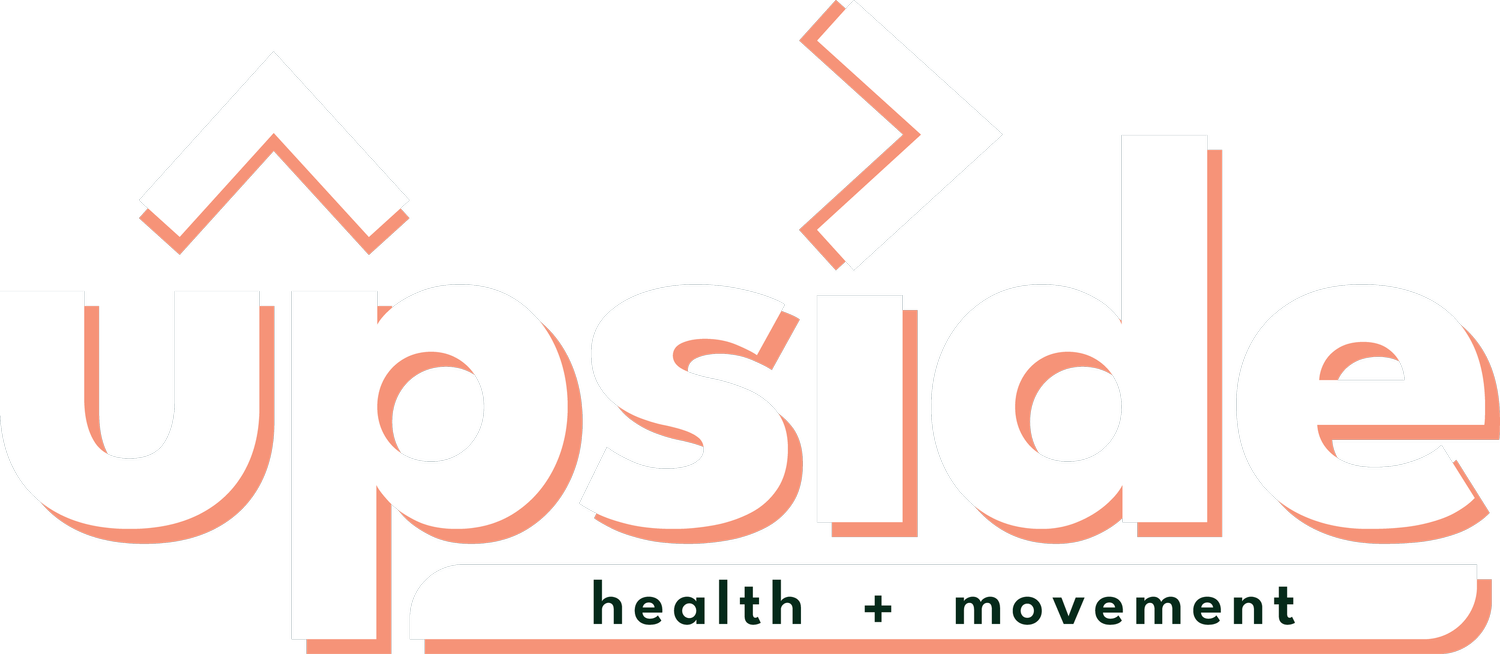Pain Profile: Medial Epicondylitis (Golfer’s Elbow)
Golfer's elbow, also known as medial epicondylitis, is a type of overuse injury that affects the tendons and muscles on the inside of the elbow. It is called golfer's elbow because it is a common injury among golfers, as the repetitive swinging motion puts strain on the tendons and muscles in the elbow. However, it can also be caused by other repetitive activities, such as throwing, chopping wood, or typing.
Signs And Symptoms Of Medial Epicondylitis (Golfer’s Elbow):
The signs and symptoms of golfer's elbow may vary depending on the severity of the injury. Here are some common signs and symptoms:
Pain and tenderness on the inside of the elbow – This is the most common symptom of golfer's elbow. You may experience pain and tenderness on the inside of the elbow, which may worsen when you grip, lift, or twist objects.
Weakness in the hands and wrists – You may also experience weakness in the hands and wrists, making it difficult to perform everyday tasks such as picking up objects or opening jars.
Stiffness and limited range of motion – You may experience stiffness and limited range of motion in the elbow and forearm.
Numbness or tingling – In some cases, golfer's elbow can cause numbness or tingling in the fingers or hand.
Swelling and inflammation – The affected area may become swollen and inflamed.
Pain when lifting or carrying objects – You may experience pain and discomfort when lifting or carrying objects, especially if the object is heavy.
Pain when twisting the forearm – You may experience pain when twisting the forearm, such as when turning a doorknob or using a screwdriver.
It's important to note that these symptoms may develop gradually over time and may worsen with continued activity. Therefore, if you experience any of these symptoms, seeking medical attention is important to determine the underlying cause and the most appropriate treatment plan. Early diagnosis and treatment can help prevent further damage and improve the chances of a full recovery.
Causes Of Medial Epicondylitis (Golfer’s Elbow):
Golfer's elbow is typically caused by overuse or repetitive strain on the tendons and muscles in the forearm that attach to the bony bump on the inside of the elbow, called the medial epicondyle. These tendons are responsible for flexing and rotating the wrist and hand.
The repetitive strain on these tendons can cause tiny tears in the tissue, leading to inflammation and pain. Golfer's elbow can occur due to a single traumatic injury, such as a sudden forceful movement. Still, it is more commonly associated with repetitive activities that involve gripping, twisting, or throwing.
Some common activities that may lead to golfer's elbow include:
Golf – The repetitive swinging motion in golf, especially if the swing is not properly executed, can put strain on the tendons and muscles in the forearm.
Racquet sports – Tennis, squash, and other racquet sports involve repetitive gripping and swinging motions, which can put stress on the tendons in the forearm.
Weightlifting – Certain weightlifting exercises, such as curls and bench presses, can put strain on the tendons and muscles in the forearm.
Typing and computer use – Repetitive typing and computer use can put strain on the tendons in the forearm.
Manual labour – Jobs that involve repetitive gripping or twisting, such as carpentry or plumbing, can put strain on the tendons in the forearm.
It's important to note that golfer's elbow can also occur in individuals who do not engage in these activities. Other risk factors for golfer's elbow include age, gender, and certain medical conditions such as diabetes and rheumatoid arthritis. Therefore, if you are experiencing symptoms of golfer's elbow, it's important to seek medical attention to determine the underlying cause and the most appropriate treatment plan.
How Can Myotherapy Be Used To Treat Medial Epicondylitis (Golfer’s Elbow):
Soft tissue manipulation – Myotherapists may use soft tissue manipulation techniques, such as massage and trigger point therapy, to release tension and improve blood flow to the affected area.
Dry needling – Myotherapists may use dry needling, which involves inserting fine needles into trigger points or tight muscles to reduce pain and improve range of motion.
Exercise therapy – Myotherapists may prescribe specific exercises to stretch and strengthen the muscles and tendons in the forearm and hand, which can help alleviate pain and prevent further injury.
TENS – TENS units alleviate elbow pain by blocking pain signals to the brain and stimulating the release of endorphins, the body's natural painkillers. This, combined with increased blood flow, reduces inflammation, relaxes muscles, and accelerates tissue healing, ultimately aiding in recovery.
Joint mobilization – Myotherapists may use joint mobilization techniques to improve joint mobility and reduce stiffness in the affected area.
Heat and cold therapy – Myotherapists may use heat and/or cold therapy to reduce pain and inflammation in the affected area.
Taping and bracing – Myotherapists may use taping or bracing techniques to support the affected area and reduce stress on the injured tendons and muscles.
It's important to note that the specific myotherapy techniques used to treat golfer's elbow may vary depending on the individual's condition and symptoms. A myotherapist will perform a thorough assessment to determine the underlying cause of the injury and develop a personalized treatment plan. If you are experiencing symptoms of golfer's elbow, it's important to seek medical attention to determine the most appropriate treatment plan.
References:
TENS For Elbow Pain - iTENS Australia [iTENS Australia]. Retrieved from https://itens.com.au/tens-for-elbow-pain/

